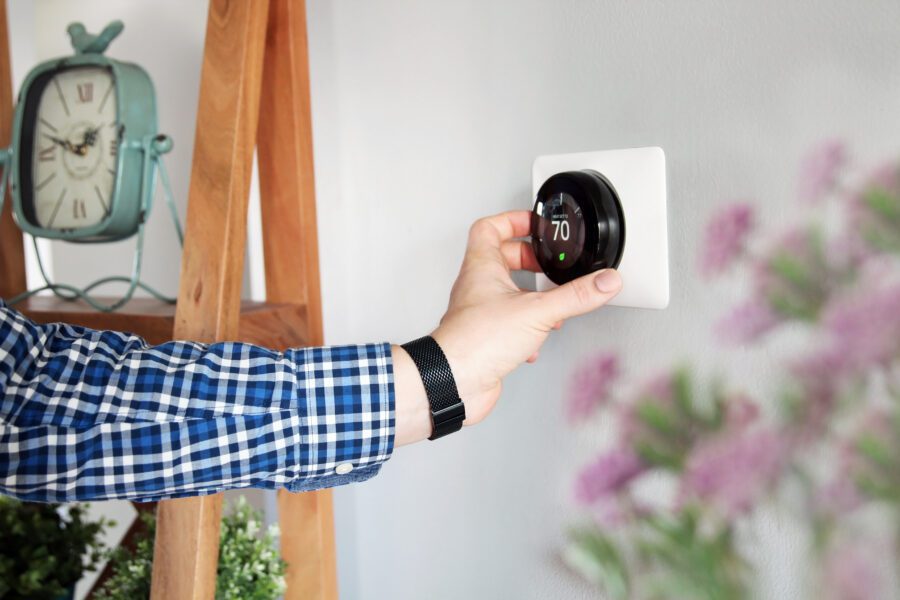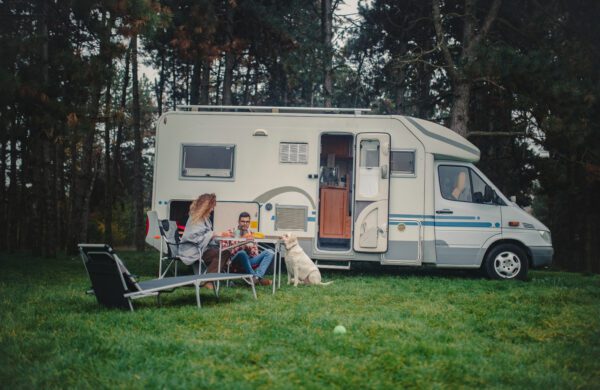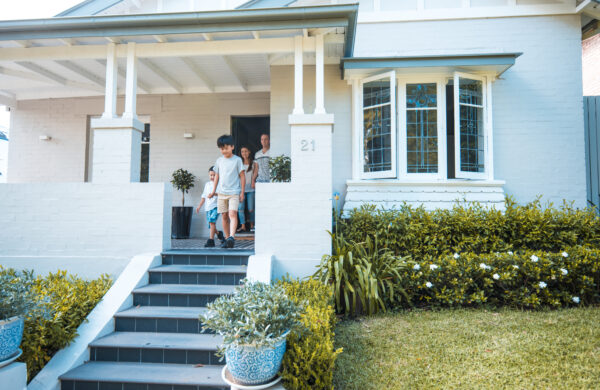With the recent heat waves and extreme temperatures, it’s crucial to protect both yourself and your home from the damaging effects of extreme heat. While most people recognize the health risks associated with high temperatures, they may overlook the potential harm it can cause to their property. Here are important steps you can take to help protect your home during the summer heat and to prepare for a heat wave.
Maintain HVAC Systems
Air conditioners are a strong defense against extreme heat events, circulating cool air through your house and dispersing the heat that’s emitted from people, pets, cooking and appliances.
But, overworked air conditioning units can break down during swelteringly hot conditions, resulting in expensive repairs or replacements. Replace air filters and clean air vents as necessary, and schedule regular HVAC maintenance to keep your air conditioner in good shape and your house cool.
Address Foundation Concerns
Extreme heat causes soil to dry out, shrink, expand and contract, creating the potential for disastrous foundation issues. Keep an eye on the soil around your home’s foundation and, if it seems especially dry, consider watering it to prevent severe damage.
Prevent Water Leaks
Much like frigid winter temperatures, extreme heat can cause the metal pipes in your plumbing system to expand, crack and burst. Stay proactive by installing a water leak detection system, and check whether or not your homeowners’ insurance policy would cover water damage if it were to occur.
Shield Your Roof
The summer heat can cause roofing materials to deteriorate, leading to leaks or other issues. Prevent this by regularly inspecting your roof for damaged shingles, flashing or gutters.
And, if it’s time to replace your roof, consider opting for a cool roof. Cool roofs are designed to reflect sunlight, thereby lowering the building’s temperature, reducing utility bills and keeping your home cooler.
Seal and Insulate Your Home
Preventing hot air from seeping into your home is an important step in keeping your house cool and protected during extreme heat. Here are a few ways to cool down your home while making sure warm air isn’t creeping in:
- Seal exterior cracks. Check for cracks around your windows and door frames and seal any gaps with caulk.
- Replace weather stripping. If the weather stripping on your exterior doors is cracked or rotted, replace it to prevent hot air from warming your home’s temperature.
- Add an attic door cover. Consider adding an attic door cover to reduce the flow of warm air into your home.
- Insulate your home. If needed, add or update the insulation in your attic and/or basement.
Lower Your Indoor Temperature
Bringing down your home’s temperature is one of the simplest ways to help protect your home from extreme heat. And, many of these weatherproofing tips can also keep your home warmer during winter.
- Keep curtains closed during the hottest times of the day to stop the sun from heating up your home.
- Paint your home. It may seem drastic, but painting your house a light color, such as white, can help your home reflect sunlight, keeping it cooler indoors.
- Use the night to your advantage. If you’re struggling to keep your home cool, once the outside temperature becomes lower than your home’s temperature, consider opening your windows to promote air circulation. Just make sure to close your windows once the sun begins to rise.
- Add reflective window film to prevent the sun’s rays from entering your house.
- Change your thermostat. Consider replacing your thermostat with an energy-efficient, programmable thermostat to keep your home cool and your energy costs low.
- Upgrade your windows. If your home has older windows, they may be running up your energy bill and heating up your house. Consider upgrading to newer, energy-efficient windows like insulated double-pane windows.
- Unplug. Everything you plug into an electrical outlet emits heat – and consequently increases the temperature inside your home. Unplug items from electrical sockets when they’re not in use for an easy way to cool down your house.
- Landscape wisely. Landscaping can provide natural shade that can lower your home’s indoor temperature during the hottest hours of the day. Adding trees or bushes along the southern exposure of your home can reduce the amount of sunlight filtering into your home during the day. Just make sure to plant trees far enough away from your home to avoid foundation damage.
For more tips on weatherproofing your home, check out this blog post.
Know the Signs of Heat Illness
Most importantly, if you’re facing extreme heat, be aware of the warning signs and symptoms of heat-related sickness. Stay hydrated, stay safe and stay informed to protect yourself and your loved ones.
Stay Safe in the Summer Sun
By following these proactive measures throughout the hot summer months, you’ll protect your home from the risks associated with excessive heat while helping ensure optimal comfort indoors.
At Higginbotham, we’re committed to protecting what matters most to you. Talk with one of our personal insurance specialists to help make sure you and your home are protected not just from the summer heat, but from other risks you might face.






